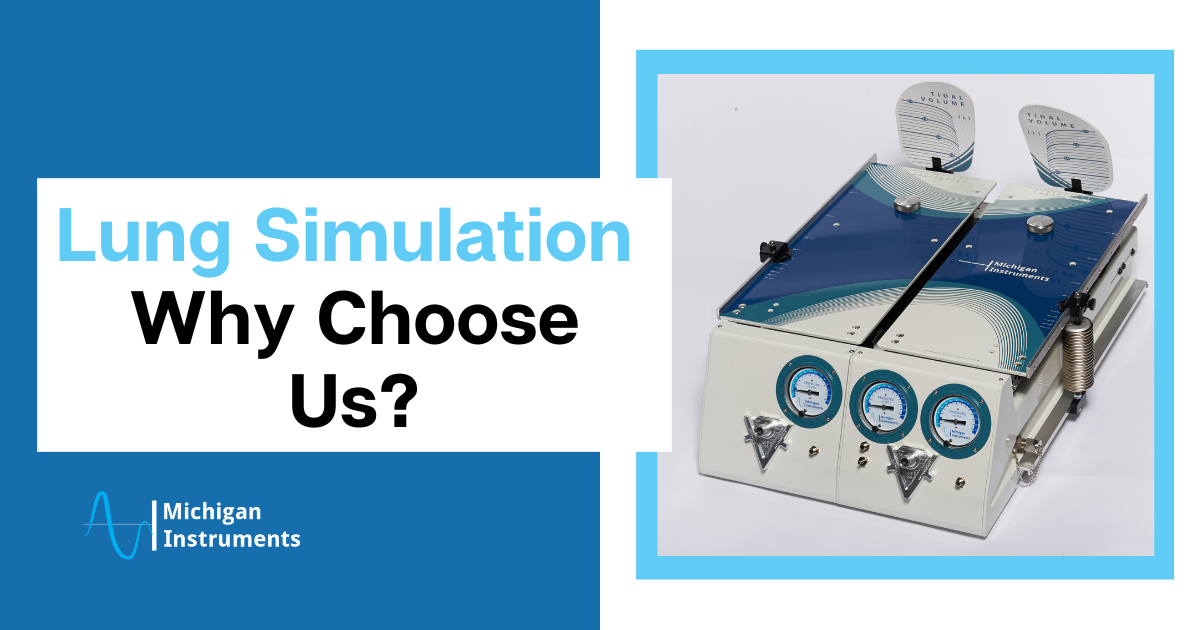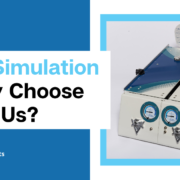
Lung simulators are designed to replicate the function of healthy and diseased human lungs for testing, teaching and training. Comparing the features, settings and the realistic nature of a lung simulator is vital to its success and effectiveness.
Below, we outline the 3 main features of our lung simulators.
1. Realistic Appearance and Feel
When utilizing lung simulators in teaching, training and testing, it’s important to create the most realistic scenario as possible.
Michigan Instruments’ simulators do that as they are built fully to scale, and offer realistic residual lung volumes and capacities. Our devices move, breathe and feel like real lungs when ventilated.
Additionally, our Training Test Lungs (TTL) and Pneuview Systems are available in adult and infant models.
2. Enhanced Lung Simulator Settings
When using our devices, it’s best to have a varied range of settings for compliance and resistance. Our TLL and Pneuview systems provide enhanced settings that exceed the capabilities of many other simulators on today’s market.
Our devices include a variety of settings and capabilities, such as:
- different lung conditions and pathologies,
- tools for teaching and training, and
- measurements for lung volume, lung and airway pressure, and more.
3. Affordable Cost
Michigan Instruments’ lung simulators and PneuView systems offer your institution a realistic simulation, with an array of features and settings—at a fraction of the cost of other devices available.
Which One is Best For You?
While both the TTL and Pneuview Systems offer a variety of dynamic features and simulations, it all comes down to which one is best for your organization’s training, testing and research needs.
Learn more about our high-quality lung simulators that you can touch, see, and modify and the differences between each one. Questions? Request a quote, or ask us anything!




